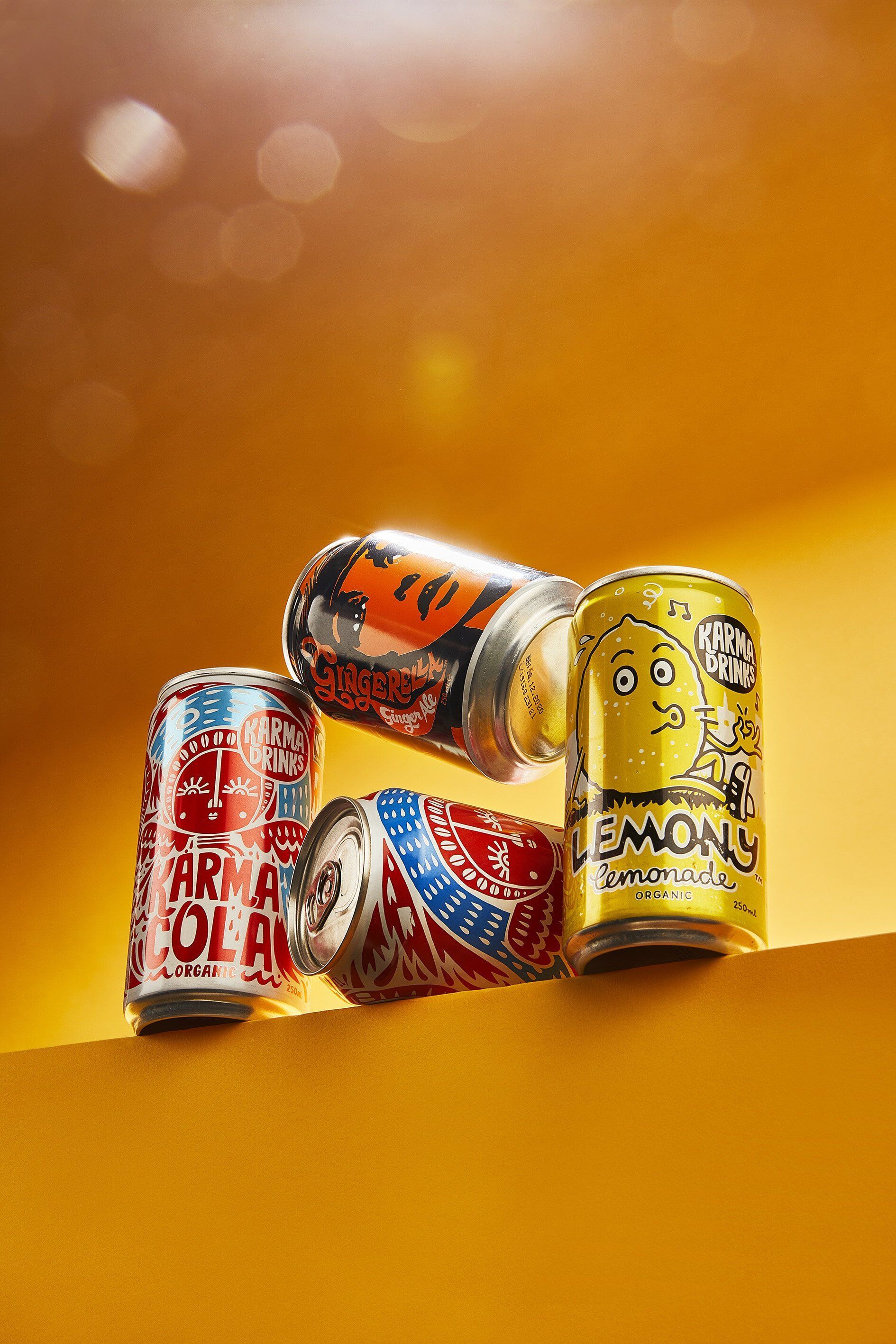Article
What can brands learn from Super Mario?
The new Super Mario movie, like any successful movie, will likely have a lot of valuable lessons for brands. Here's my takeaways:
_01
Stay true to your brand: Super Mario is a beloved and iconic video game character, and fans have certain expectations for how he should be portrayed. Brands can learn from this by staying true to their own brand identity and not straying too far from what their audience expects from them. The movie was a masterclass in this area even down to the emotive messaging hook "as long as we're together... everything is gonna be okay!"
_02
Build on existing fanbase: The Super Mario franchise has a huge and dedicated fanbase, which loved the film (more than the critics!). Brands can similarly focus on building a dedicated following and engaging with them to create a community that truly understands them.
_03
Embrace new mediums: The Super Mario movie is a departure from the traditional video game format, but it's still staying true to the brand. Brands can similarly explore new mediums and channels to reach their audience, as long as they maintain consistency in messaging and branding.
_04
Collaborate with other brands: The Super Mario movie showcased a huge amount of collaboration. Brands can similarly partner with other companies to create unique experiences that benefit both parties and appeal to a wider audience the highlight for me was seeing the Red Wing collaboration.
_05
Take risks: The Super Mario movie is a bold move for Nintendo, but it could pay off if done well. Brands can similarly take risks and experiment with new ideas, as long as they stay true to their brand and their audience. They basically killed it, making the Sonic series of films look pretty lame.
share this
Related Articles
Related Articles









